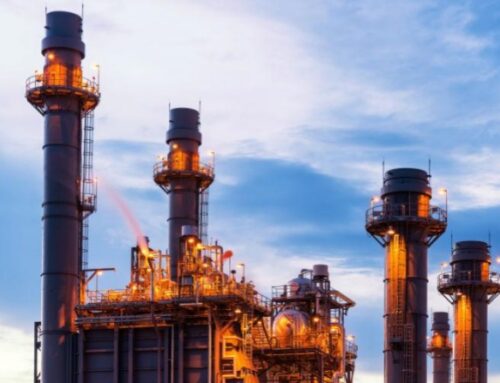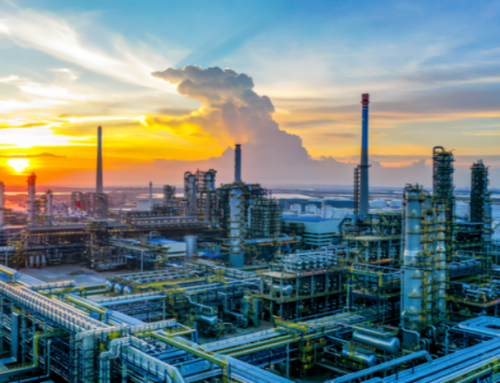1. Embryonic stage
The global chemical industry originated from the mid-18th century to the 20th century, from the early alchemy to the formal chemical production, which is also a typical event in the global chemical industry. The lead chamber sulfuric acid plant established in Britain in the 1740s is known as the first truly large-scale chemical plant.
Later, based on the development of the textile industry, natural dyes can no longer cope with the growth of demand for dyes, began to appear organic dye production factories, in Europe, North America and Asia and other regions appeared a large number of dye processing plants.
In addition, with the development of iron and steel industry and coking industry, the use of by-product coal tar has also promoted the chemical industry of separating aromatics from coal tar. In 1856, the British W.H. Perkin synthesized aniline purple dye from aniline. After analysis, the structure of natural alizarin was determined to be dihydroxyanthraquinone, and the anthracene in coal tar was used as raw material. After oxidation, substitution, hydrolysis, rearrangement and other reactions, the product was imitated exactly the same as that of natural alizarin.
The development of the coal tar industry also promoted the development of the pharmaceutical industry at that time.

2. Scale stage
In 1920, the United States produced isopropyl alcohol from propylene, which was the starting point of large-scale petrochemical development. In 1939, the Standard Oil Company of the United States developed the hydrocatalytic reforming process, which became an important source of aromatics. In 1941, the United States built the first set of pipe furnace cracking to produce ethylene with refinery gas as raw material, which became the key to the downstream extension of the chemical industry chain.
At the same time, Japan, Western Europe and other regions also use crude oil as a raw material for basic chemical industry production. In the 1980s, more than 90% of organic chemical products, from the petrochemical industry, such as vinyl chloride, acrylonitrile, such as calcium carbide acetylene as raw materials of chemical products, have gradually turned to petroleum as raw materials production.
At this stage, the landmark chemical events are: in 1937, the German Farben company successfully developed styrene butadiene rubber; 1937 American W.H. Carothers successfully synthesized nylon 66; 1939 High voltage polyethylene used in submarine cables and radar; The development of low pressure polyethylene isotactic polypropylene was successful. In 1951, the United States cracked natural gas as raw materials to obtain carbon monoxide and hydrogen, which is the beginning of the development of global carbon chemistry, and also the chemical industry gradually attached importance to the beginning of low-carbon science.
3. Globalization stage
From the 1960s to the 1970s, it was the beginning of the global modern chemical industry. At this stage, the global chemical industry competition is fierce, on the one hand, due to the deepening of the understanding of the global chemical industry, the improvement of chemical reaction raw materials has stimulated the fierce discussion and progress of chemical production process design; On the other hand, new technologies continue to emerge, which put forward new possibilities for the development of the current chemical industry.
In 1963, Kellogg Company of the United States designed and built the first set of 540 tons per day of synthetic ammonia single series equipment, which is a sign of large-scale chemical production equipment. During this time, the ethylene production scale has also expanded from the initial annual production capacity of 50,000 tons to about 680,000 tons. Ethylene industry is known as the key industry to determine the level of the chemical industry, the growth of ethylene scale, led to a series of supporting chemical scale growth.
Since the 1960s, the global electronics industry has set off a wave of development, large-scale integrated circuits and electronics industry rapid development, gave birth to the development of many fine chemicals and new materials industry, representative products are optical fiber, nylon, polyformaldehyde, polycarbonate, ABS resin, as well as the electronics industry needs related electronic chemicals. At this stage, demand drives the development of technology, resulting in numerous high-end new material products.
Article source: www.xianjichina.com
M&J International Trading Co., Ltd





